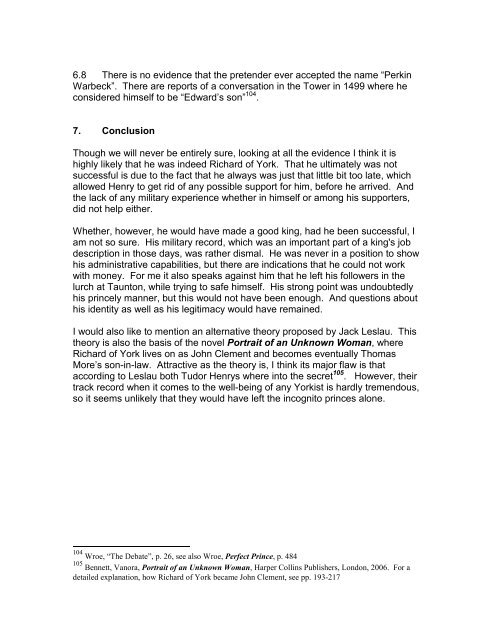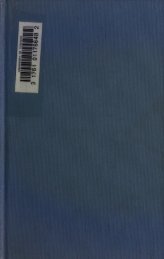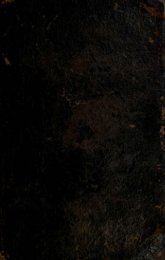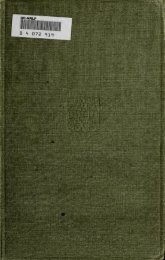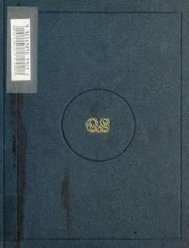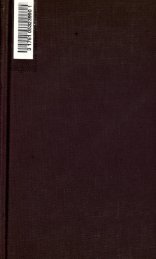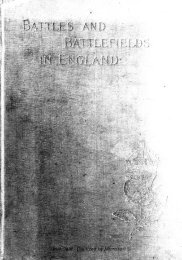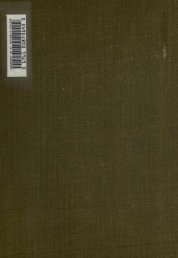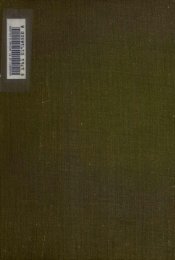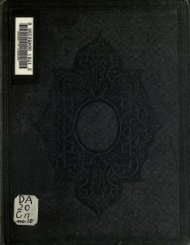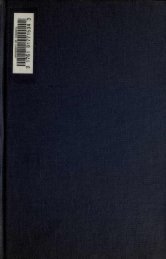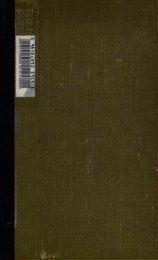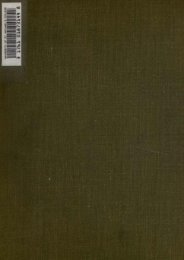Perkin Warbeck (NZ version) - Richard III Society - New Zealand ...
Perkin Warbeck (NZ version) - Richard III Society - New Zealand ...
Perkin Warbeck (NZ version) - Richard III Society - New Zealand ...
You also want an ePaper? Increase the reach of your titles
YUMPU automatically turns print PDFs into web optimized ePapers that Google loves.
6.8 There is no evidence that the pretender ever accepted the name “<strong>Perkin</strong><br />
<strong>Warbeck</strong>”. There are reports of a conversation in the Tower in 1499 where he<br />
considered himself to be “Edward’s son” 104 .<br />
7. Conclusion<br />
Though we will never be entirely sure, looking at all the evidence I think it is<br />
highly likely that he was indeed <strong>Richard</strong> of York. That he ultimately was not<br />
successful is due to the fact that he always was just that little bit too late, which<br />
allowed Henry to get rid of any possible support for him, before he arrived. And<br />
the lack of any military experience whether in himself or among his supporters,<br />
did not help either.<br />
Whether, however, he would have made a good king, had he been successful, I<br />
am not so sure. His military record, which was an important part of a king's job<br />
description in those days, was rather dismal. He was never in a position to show<br />
his administrative capabilities, but there are indications that he could not work<br />
with money. For me it also speaks against him that he left his followers in the<br />
lurch at Taunton, while trying to safe himself. His strong point was undoubtedly<br />
his princely manner, but this would not have been enough. And questions about<br />
his identity as well as his legitimacy would have remained.<br />
I would also like to mention an alternative theory proposed by Jack Leslau. This<br />
theory is also the basis of the novel Portrait of an Unknown Woman, where<br />
<strong>Richard</strong> of York lives on as John Clement and becomes eventually Thomas<br />
More’s son-in-law. Attractive as the theory is, I think its major flaw is that<br />
according to Leslau both Tudor Henrys where into the secret 105 . However, their<br />
track record when it comes to the well-being of any Yorkist is hardly tremendous,<br />
so it seems unlikely that they would have left the incognito princes alone.<br />
104 Wroe, “The Debate”, p. 26, see also Wroe, Perfect Prince, p. 484<br />
105 Bennett, Vanora, Portrait of an Unknown Woman, Harper Collins Publishers, London, 2006. For a<br />
detailed explanation, how <strong>Richard</strong> of York became John Clement, see pp. 193-217


